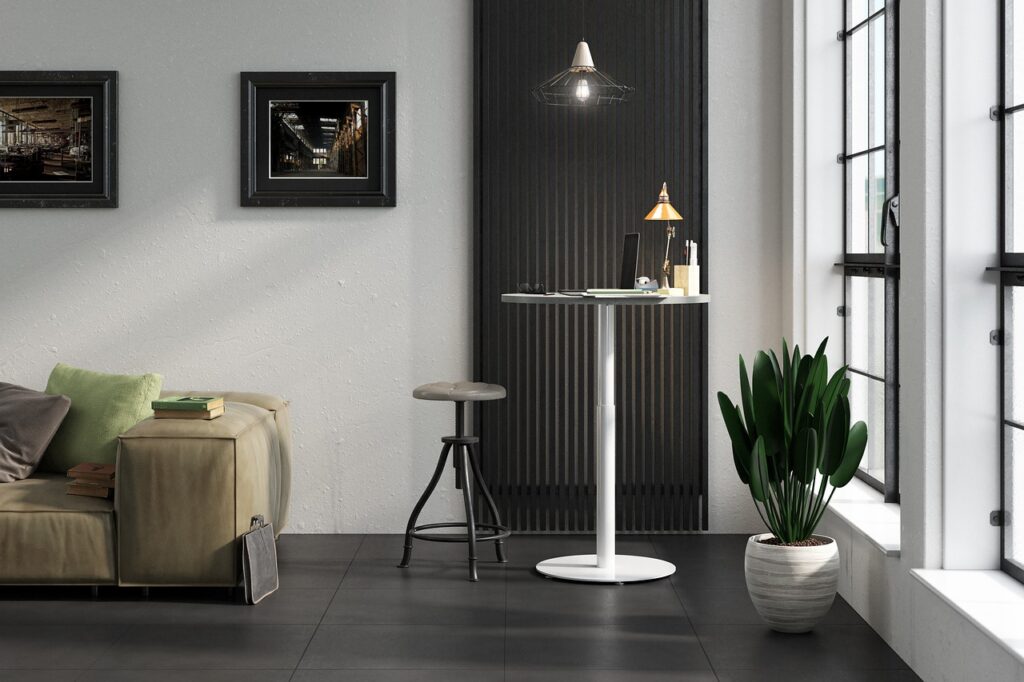Open workspaces have become increasingly popular in recent years, with their emphasis on collaboration and fostering a sense of community among employees. However, as organizations strive to strike a balance between collaboration and privacy, commercial interior design companies face the challenge of creating functional spaces that cater to both needs.
This article delves into the importance of balancing privacy and collaboration in open workspaces. It explores the benefits of each aspect and highlights the challenges faced by commercial interior design companies in achieving a harmonious environment. By understanding the key considerations and solutions, organizations can optimize their workspace design to boost productivity and employee satisfaction.
The Importance of Privacy in Open Workspaces
Maintaining Focus and Concentration In an open workspace, distractions are inevitable. Privacy elements such as partition screens, acoustic panels, and dedicated quiet areas help employees maintain focus, minimize interruptions, and concentrate on their tasks.
Confidentiality and Data Security Certain professions and industries require a high level of confidentiality and data security. Privacy measures, such as enclosed meeting rooms and secure workstations, ensure sensitive information remains protected.
Personal Space and Well-being Privacy is essential for individuals to recharge and maintain their well-being. Creating designated personal spaces within open workspaces, such as relaxation areas or individual pods, allows employees to have moments of solitude and relaxation.
Our design and build services in commercial interior design offer a comprehensive solution from concept development to final construction, ensuring a seamless and efficient process.
The Power of Collaboration in Open Workspaces
Enhanced Communication and Idea Sharing Open workspaces facilitate spontaneous interactions, fostering communication and idea sharing among employees. The absence of physical barriers encourages collaboration, which often leads to innovative solutions and increased creativity.
Team Cohesion and Culture When employees work in close proximity, a sense of camaraderie and teamwork tends to develop. Open workspaces promote a shared culture, where employees feel connected, engaged, and motivated to collaborate effectively.
Our space planning services in commercial interior design focus on optimizing the functionality and efficiency of your workspace, ensuring a seamless and well-utilized layout.
Flexibility and Adaptability Collaboration thrives in open workspaces due to their flexible nature. These spaces can be easily reconfigured to accommodate different team sizes and project requirements, promoting agility and adaptability.
Challenges Faced by Commercial Interior Design Companies
Acoustics and Noise Control One of the primary challenges in open workspaces is managing noise levels. Commercial interior design companies must incorporate sound-absorbing materials, strategic furniture placement, and acoustic solutions to mitigate noise distractions and provide a conducive working environment.
Zoning and Space Allocation Creating zones within open workspaces is crucial for balancing privacy and collaboration. However, it can be challenging to determine the right allocation of space for meeting rooms, individual workstations, collaboration areas, and communal spaces. Commercial interior design companies must carefully consider the organization’s needs and workflow to optimize space allocation.
Privacy without Isolation Maintaining privacy while avoiding a sense of isolation is a delicate balance. Designers must create visual privacy solutions such as frosted glass partitions, movable screens, or clever furniture arrangements that offer seclusion without completely isolating individuals.
Technology Integration Collaboration in open workspaces heavily relies on technology. Commercial interior design companies need to seamlessly integrate technology solutions such as video conferencing equipment, digital collaboration tools, and smart furniture to support efficient teamwork.
Our 3D visualization services in commercial interior design bring your vision to life, providing realistic and immersive representations of your space before construction begins
Conclusion
Striking the right balance between privacy and collaboration in open workspaces is vital for creating an optimal work environment that promotes productivity and employee well-being. Commercial interior design companies play a crucial role in addressing the challenges associated with this delicate equilibrium.
By incorporating privacy elements to foster focus and concentration, while also promoting collaboration through strategic design and technology integration, organizations can achieve a harmonious workspace. This balanced approach will not only enhance productivity and creativity but also improve employee satisfaction and engagement.
Investing in the expertise of a commercial interior design company will ensure that open workspaces are thoughtfully designed, addressing the unique needs and challenges faced by organizations. With careful consideration of privacy and collaboration, businesses can create functional and inspiring work environments that support their goals and foster success.





